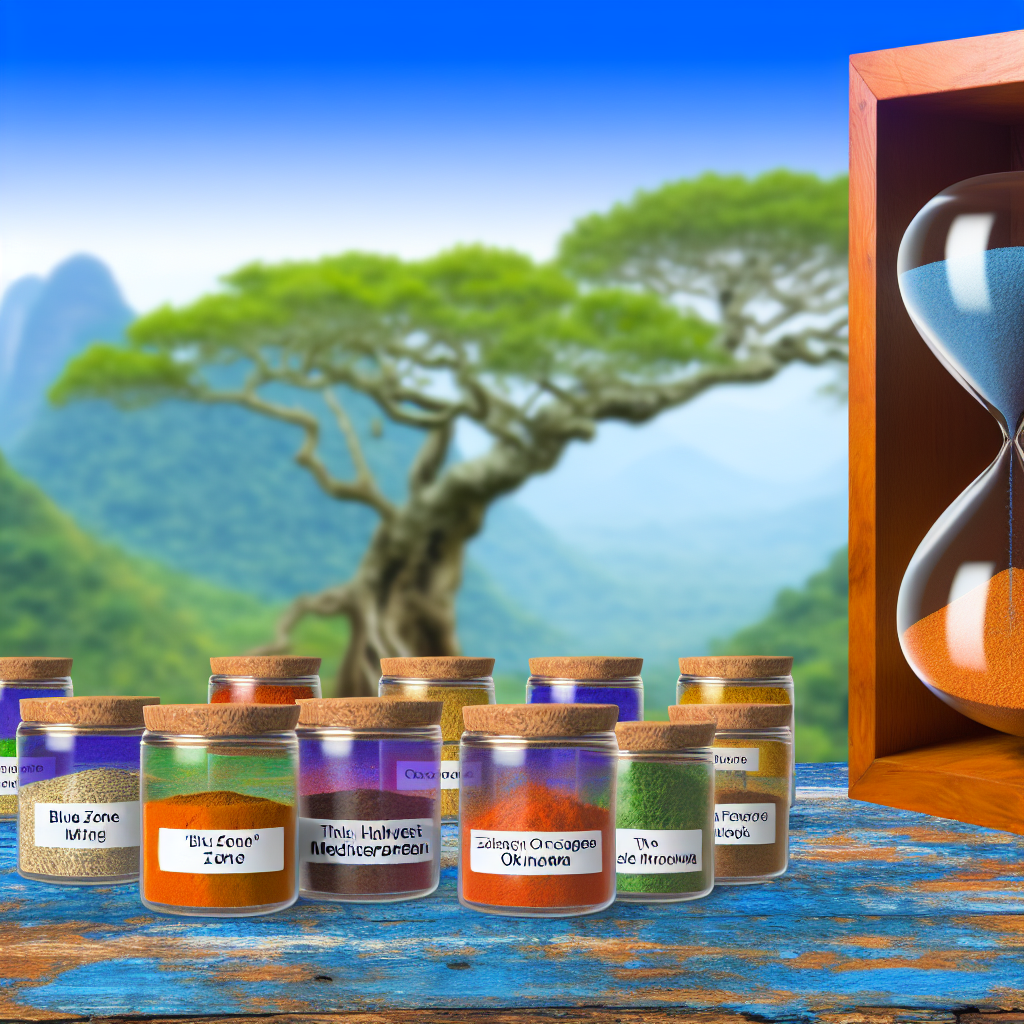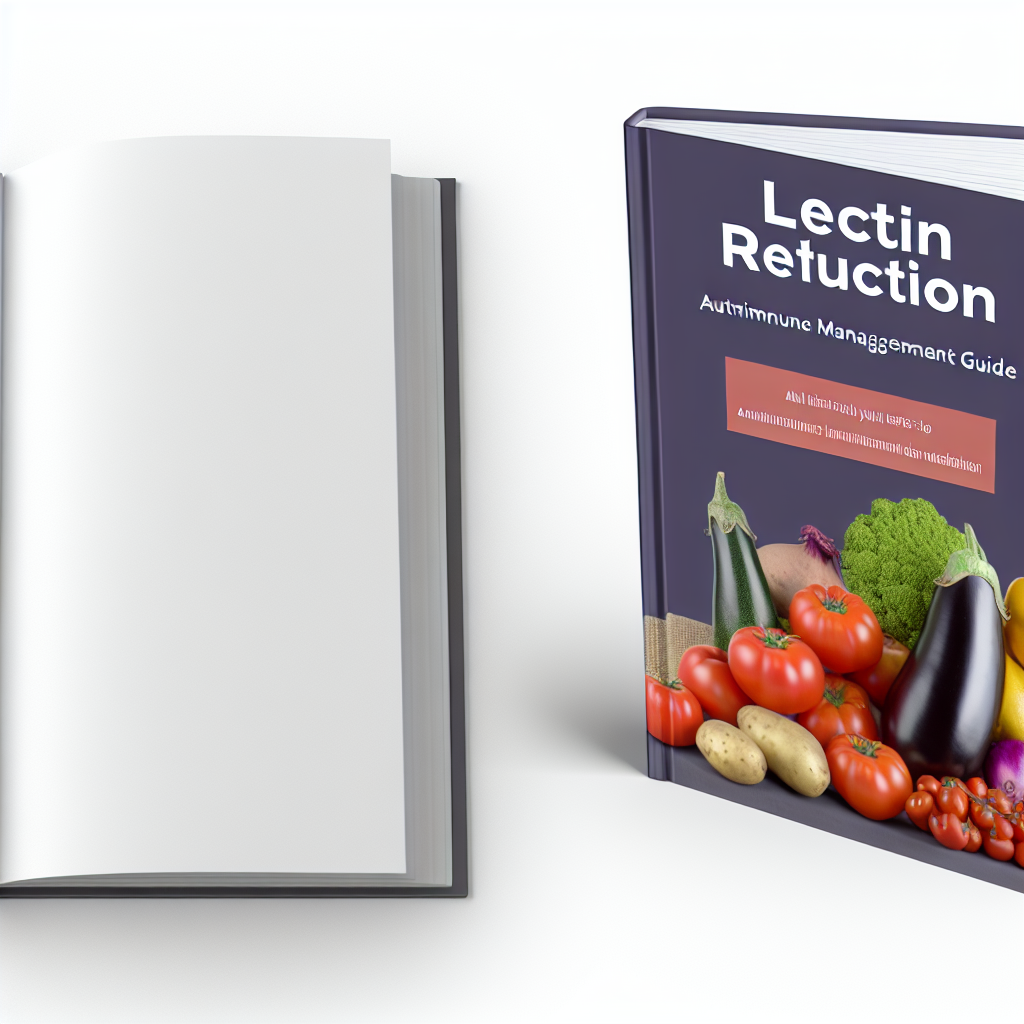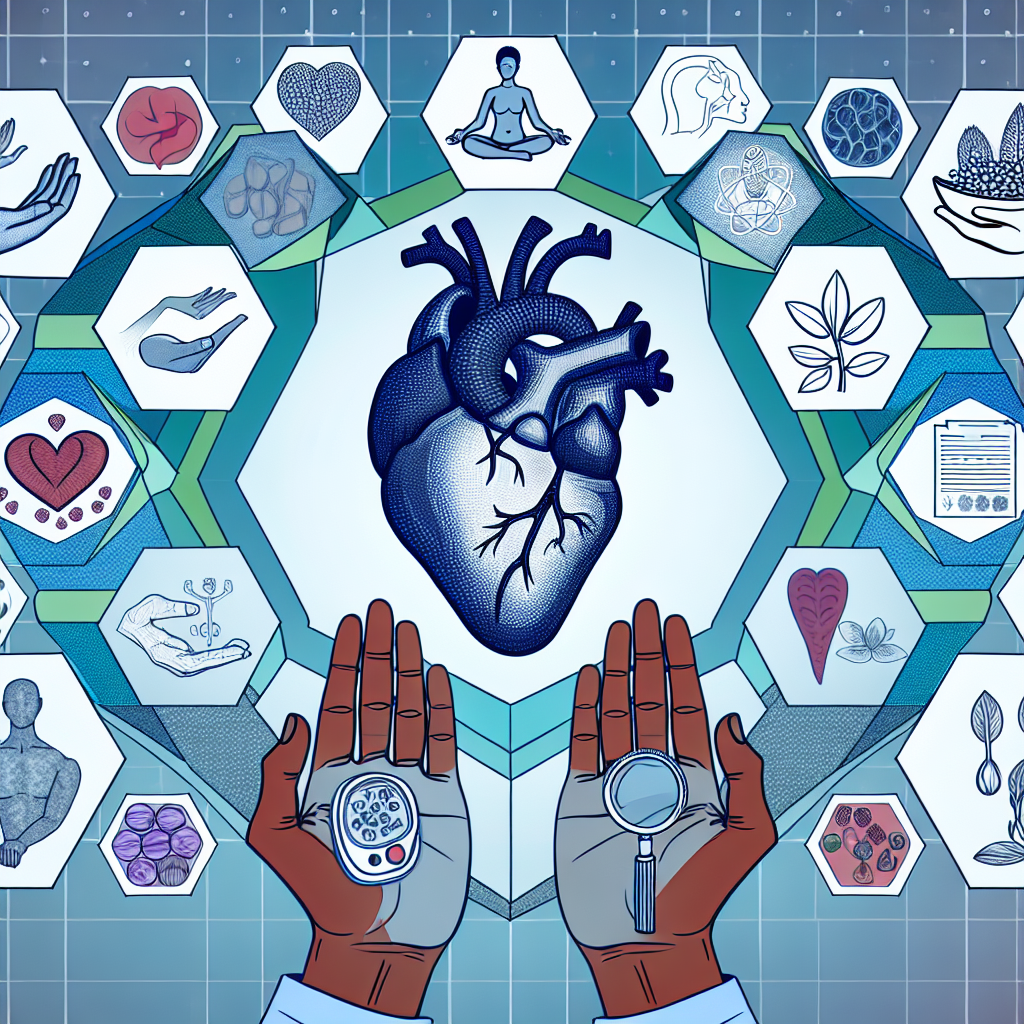Dairy Elimination Protocol – Lactose Intolerance Solutions
Introduction
Lactose intolerance is a common digestive issue that affects millions globally. It occurs when the body lacks sufficient **lactase**, the enzyme needed to digest lactose—the natural sugar found in milk and dairy products. Without enough lactase, individuals may experience bloating, gas, diarrhea, or nausea after consuming dairy. For many, even small amounts of dairy lead to discomfort, negatively impacting their quality of life.
While not life-threatening, lactose intolerance can interfere with daily activities and dietary enjoyment. This is particularly challenging in dairy-heavy cultures, where dairy products are staples in meals, beverages, and desserts.
One of the most successful strategies for managing symptoms is the use of a structured Dairy Elimination Protocol. This method involves fully avoiding all sources of dairy for 2 to 4 weeks. By doing so, individuals allow the gut to heal and inflammation to subside. Then, dairy can be reintroduced carefully to observe tolerance levels and determine if symptoms return.
Unlike unstructured or trendy dairy-free diets, this protocol follows a scientific approach aimed at identifying the underlying cause—be it lactose intolerance, casein sensitivity, or even a dairy allergy. This period of elimination helps restore gut function and reset the digestive system.
Additionally, many find added benefit from incorporating herbal remedies, probiotics, and homeopathic treatments. Herbs like peppermint, ginger, and turmeric provide relief and aid digestion. Natural therapies rooted in traditions such as Ayurveda and Homeopathy work synergistically with elimination to improve gastrointestinal health.
Ultimately, this protocol empowers individuals to take charge of their health and nutrition by embracing a practical, effective, and sustainable approach.
Features and Scientific Studies
An increasing array of research supports the use of dairy elimination for managing digestive discomfort caused by lactose intolerance.
A landmark study in the American Journal of Clinical Nutrition stresses that lactose malabsorption varies significantly by ethnicity. For instance, those of East Asian, African, and Indigenous descent often lack sustained lactase production due to genetic factors, resulting in greater lactose sensitivity after early childhood.
The National Institute of Diabetes and Digestive and Kidney Diseases (NIDDK) endorses a method similar to the elimination diet for accurately diagnosing food sensitivities. During this period, all dairy is removed until symptoms subside, after which dairy is reintroduced one item at a time to determine tolerance levels.
Herbal remedies have also proven useful in alleviating digestive symptoms. A clinical study in Phytotherapy Research found that peppermint oil significantly eased gastrointestinal spasms in those with IBS—a condition with overlapping symptoms with lactose intolerance. Ginger and turmeric are also traditional anti-inflammatory agents known to ease gut discomfort.
Probiotics can play a vital role in digestion. A review published in Nutrients Journal highlights the benefits of strains like Lactobacillus acidophilus and Bifidobacterium bifidum in improving lactase activity and reducing symptoms even when modest amounts of dairy are consumed.
Though more controversial, homeopathic remedies remain a popular adjunct for many individuals. Remedies like Lycopodium for bloating, Natrum Phosphoricum for acid reflux, and Aethusa Cynapium for inability to digest milk, are used by experienced homeopaths to address dairy-related symptoms gently.
Together, these natural therapies—when combined with a structured elimination diet—offer a comprehensive solution for managing lactose intolerance without the need for lifelong over-the-counter enzyme supplements.
Conclusion
Dealing with lactose intolerance doesn’t mean you must give up enjoying food or suffer in silence. The Dairy Elimination Protocol provides a simple, natural roadmap for identifying dairy intolerance and boosting digestive health.
This method not only alleviates painful symptoms but also supports long-term wellness through gut healing and nutritional awareness. It opens up a space to explore safe alternatives like plant-based milk and cheese while using herbal and probiotic support to improve digestive resilience.
Embracing a dairy-free lifestyle—at least temporarily—can lead to less bloating, more energy, better sleep, and happier meal experiences. As more people turn to holistic healing, natural remedies backed by science and traditions offer safe, sustainable ways to reclaim control over digestive issues.
The key is not just in removing dairy—but in replacing it smartly and treating the root cause with a combination of science, nature, and dietary mindfulness.
Concise Summary
Lactose intolerance affects many by causing digestive discomfort due to the lack of lactase enzyme. The Dairy Elimination Protocol provides a structured approach to temporarily remove dairy for 2–4 weeks, allowing the gut to heal. Afterwards, dairy is reintroduced slowly to identify tolerance. Supported by clinical studies, the protocol includes herbal remedies like peppermint and ginger, probiotics for improving digestion, and optional homeopathic support. This holistic approach helps reduce symptoms, improve gut health, and enhance quality of life, offering natural strategies to manage lactose intolerance without lifelong reliance on enzyme supplements.
References
– American Journal of Clinical Nutrition – Lactose Malabsorption Genetics
– National Institute of Diabetes and Digestive and Kidney Diseases – Lactose Intolerance
– Phytotherapy Research – Peppermint Oil Clinical Study
– Nutrients – Probiotic Therapy in Lactose Intolerance

Dominic E. is a passionate filmmaker navigating the exciting intersection of art and science. By day, he delves into the complexities of the human body as a full-time medical writer, meticulously translating intricate medical concepts into accessible and engaging narratives. By night, he explores the boundless realm of cinematic storytelling, crafting narratives that evoke emotion and challenge perspectives.
Film Student and Full-time Medical Writer for ContentVendor.com




